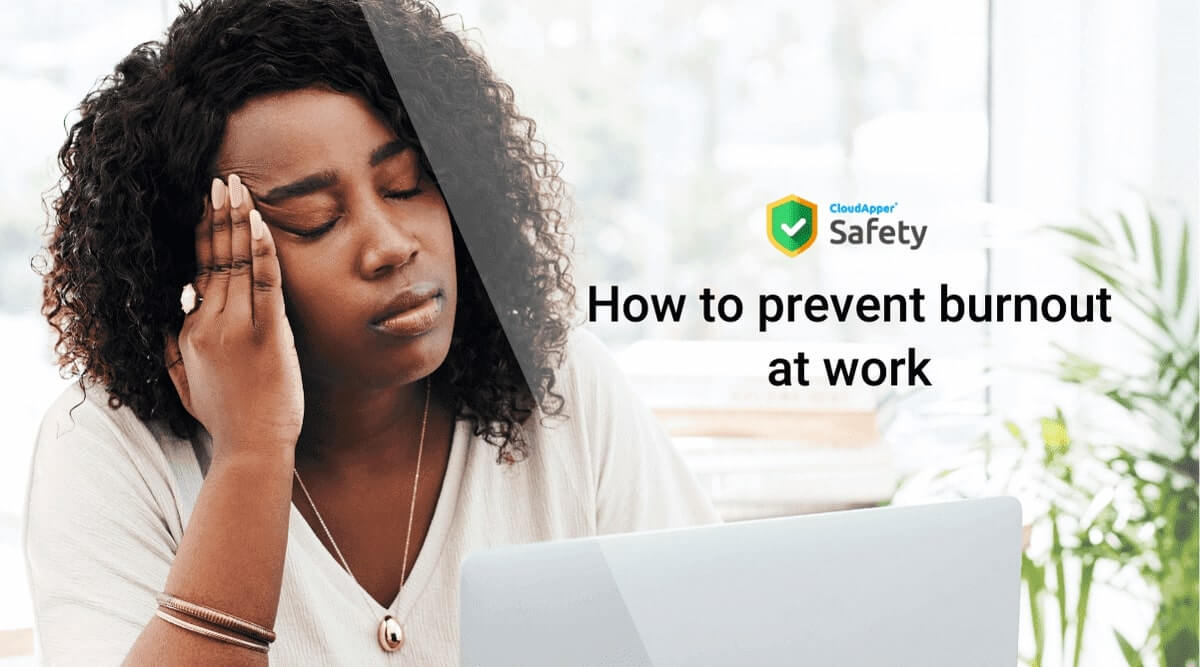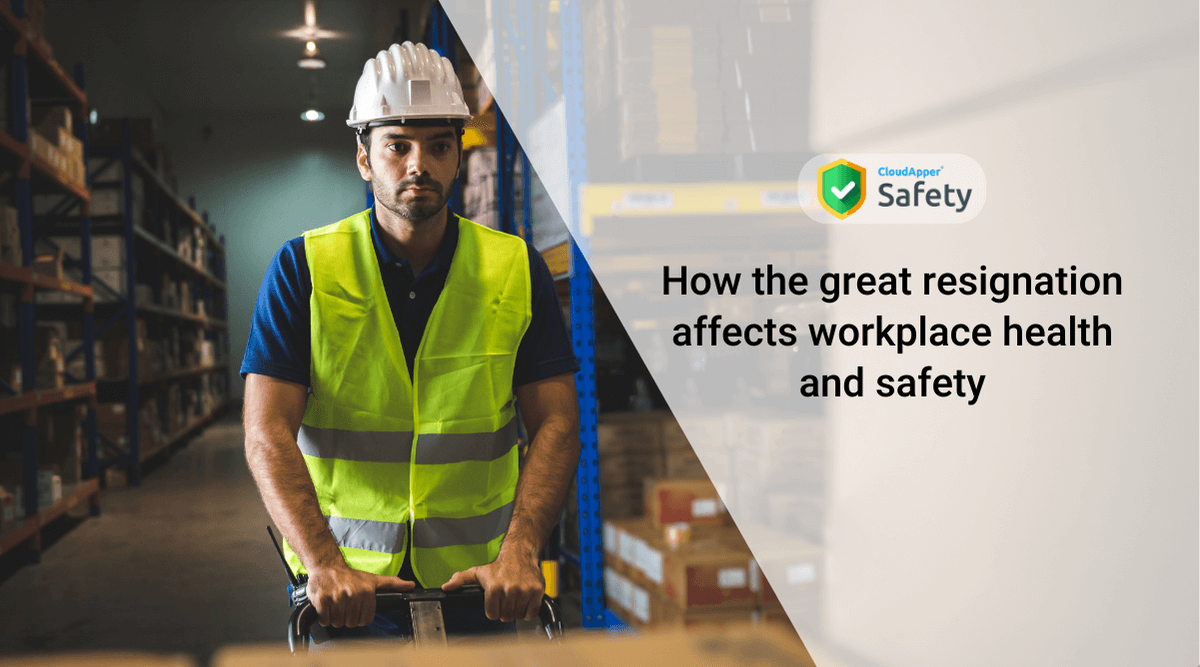Talking about mental health is difficult, but we need to do it nonetheless. For a long time, society has taught us that, you must approach your work with a particular degree of professionalism. On the other hand, you should put on a happy face for others and leave your emotions and problems at home.
However, in the past ten years, conversations about mental health have increased. There is no question that there is now more of a need for mental health awareness education and training as a result of initiatives like Bell Let’s Talk and celebrities speaking out about their battles with mental illness. As a result, there is no space for discussion at work. Burnout is one of the most frequent factors on the job that contributes to a decline in mental health.
What is burnout?
One of the most common causes of burnout at work is a lack of support from managers or team members. This might be a result of filling in for other workers who are ill or on vacation, being overworked to make up for an understaffed company, or trying too hard to impress your employer. Regardless, it causes an individual to become completely stressed out and exhausted. In some cases, chronic stress can also lead to physical illness.
Over commitment and even passion for a topic or project can lead to burnout. This is typically seen when working long hours to produce more. But with time, stress will set in, and this leaves a person feeling drained and uninspired. Physical and mental symptoms may also be present. When there are high expectations for someone to live up to their full potential, it’s common for them to lose motivation, feel burdened, and become resentful. Burnout can usually be divided into the following five phases:
Honeymoon phase
Burnout is a gradual process and can feel like a slow death oneself. We start with a honeymoon period, and this stage is much like the first year of marriage. You’re full of excitement, optimism, and creative ideas for your work or relationship. As time goes on, you’ll naturally lose some drive, become more cautious in making decisions, take fewer risks (and sometimes switch from high-risk to low-risk ones), and grow less connected to others (at home and work). The idea that we can be our best selves only starts to get debunked until we reach the final stage of the process: outright despair.
Stress phase
Although this phase of stress on the employee may not be persistent, it is certainly still stressful. At this point, they might start to exhibit signs of mental and physical exhaustion. These signs include feeling worn out and stopping engaging in activities outside of work. The person will also start to see that they overextended themselves when they originally addressed these projects.
Chronic phase
As stress continues to mount and becomes more than the individual can handle, this is when signs of stress and burnout turn chronic. In addition, a person may begin to experience feelings of apathy at this point, leading to procrastination or tardiness in general. “Consequences may take the form of avoidance of professional responsibilities or aggressive or hostile tendencies toward close friends and family.”
Critical phase
When stress is at its worst, an individual might not even want to get out of bed. Stress can be difficult when it comes to setting priorities for work. In the most severe cases, a person may have difficulty making decisions and could end up with some problems in their relationships. Other symptoms include fatigue, stomachaches, low energy, headaches or body aches, irritability, and cynicism. This can lead to lower job satisfaction or the feeling that one never makes any progress in the company, which, in turn, leads to poorer productivity on the job or conflicts with coworkers.
Habitual burnout
Burnout as a habit is something that can happen to anyone. When we see it become ingrained in an individual’s lifestyle, with accompanying stress symptoms and self-destructive behaviors, it can be concerning.
Common workplace stressors
There are a variety of workplace stressors that can contribute to someone feeling burned out and/or having lower mental health. The most common ones are:
- Long hours with minimal breaks
- Exhausting workload
- Restructuring
- Bullying or harassment
- Lack of recognition
- There is no clearly defined career or job path.
- Unsuitable lighting, a messy workspace, disturbances like loud sounds and conversations, and other environmental factors
Tips for dealing with and preventing burnout
- Habits: Have workers make changes to their work habits. They will take breaks and not work long hours or overtime regularly. Managers should establish adequate communication between workers, supervisors, and management so that expectations are realistic and can be met. This could include monthly or weekly meetings.
- Relationships: Make time for your personal life and relationships outside of work. Socializing with the important people in your life is essential, whether those are friends, family, or coworkers.
- Self-care: self-care is an essential part of being productive and achieving success. Everyone has a different way of making themselves feel their best. Some examples include getting a massage, taking a bath, cooking a delicious meal, watching their favorite TV series, or catching up with a friend. Other ways may include spending time in nature or doing deep breathing exercises.
- Hobbies: To stay happy and healthy, it is essential to make time for leisure activities. This might include taking time for artistic projects—for example, painting or drawing—or participating in sports. Getting involved in the community is also a sensible option.
- Exercise: Encourage employees to get physical exercise. It is important for both physical and mental health, as well as stress management. Examples of this are running, weight training, yoga classes, hiking, biking, and walking.
- Adequate sleep: Sleep is an important part of your wellness routine. Our bodies must be properly rested and attentive. Most of us need 7-9 hours of sleep each night to function at our best and stay healthy.
Burnout is something you need to be aware of, especially as an entrepreneur. It can take a huge toll on the company and its employees in all aspects. Hopefully, this article has helped you recognize the symptoms so that you can avoid them altogether.
What is CloudApper AI Platform?
CloudApper AI is an advanced platform that enables organizations to integrate AI into their existing enterprise systems effortlessly, without the need for technical expertise, costly development, or upgrading the underlying infrastructure. By transforming legacy systems into AI-capable solutions, CloudApper allows companies to harness the power of Generative AI quickly and efficiently. This approach has been successfully implemented with leading systems like UKG, Workday, Oracle, Paradox, Amazon AWS Bedrock and can be applied across various industries, helping businesses enhance productivity, automate processes, and gain deeper insights without the usual complexities. With CloudApper AI, you can start experiencing the transformative benefits of AI today. Learn More


















